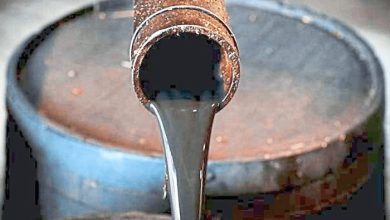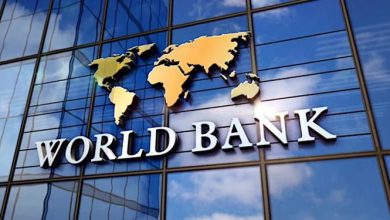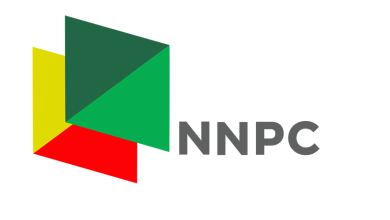Sugar Price Crash Sweetens Profits for Dangote, BUA, and Golden Penny Amid Global Surplus
Nigeria’s major sugar producers are enjoying higher profits as global sugar prices hit new lows.
Dangote, BUA, and Golden Penny benefit from cheaper imports while local production plans advance.
Falling global sugar prices are turning into a major profit booster for Nigerian giants like Dangote Sugar, BUA Foods, and Golden Penny, thanks to improved margins from cheaper raw imports.
As global sugar production hits record highs, Nigeria’s top sugar refiners stand to benefit from the international surplus, bolstered by favorable weather in Brazil and increased yields across India and Thailand.
Nigeria’s sugar sector is seeing a rare sweet spot, as global sugar prices continue their steep decline, boosting profit margins for local processors including Dangote Sugar Refinery, BUA Foods, and Golden Penny. The shift comes in the wake of Nigeria importing approximately 98,000 metric tons of sugar in March 2025, largely from Brazil, the world’s leading supplier.
Favorable weather conditions in Brazil have increased output, while low global oil prices are discouraging sugar mills from diverting sugarcane to ethanol production, pushing raw sugar prices to four-year lows on both the New York and London futures markets.
Nigeria rides the global sugar wave
Brazil, responsible for around 70% of global raw sugar exports, remains Nigeria’s main source for the commodity. Nearly 96% of Nigeria’s raw sugar imports originate from the South American country and are processed domestically by the country’s three largest refineries.
With Nigerian domestic sugar consumption ranging from 1.4 to 1.6 million metric tons annually, this favorable price environment presents a massive cost advantage. As input costs fall, companies like Dangote Sugar and BUA stand to increase profit margins in the near term.
The U.S. Department of Agriculture (USDA) has projected a 4.7% rise in global sugar production for 2025–2026, hitting a record 189.3 million metric tons (MMT). This is expected to result in a global surplus of 41.2 MMT, representing a 7.5% year-on-year increase, further reinforcing downward pressure on prices.
India, Thailand fuel the global surplus
India, the world’s second-largest sugar producer, is expecting a bumper crop in the 2025–2026 season. Favorable monsoon conditions and expanded cane acreage are set to push production up by 19% to 35 MMT, according to the National Federation of Cooperative Sugar Factories. The monsoon season, forecasted to deliver 105% of the historical rainfall average, is expected to supercharge crop yields.
Meanwhile, Thailand, the world’s third-largest producer and second-largest exporter, reported a 14% increase in sugar output, reaching 10 MMT for the current season. These trends are compounding the global supply glut, putting further downward pressure on international sugar prices.
Nigeria eyes domestic growth amid import windfall
While Nigeria benefits from cheaper imports in the short term, the government remains focused on developing its own sugar industry. Through the Nigeria Sugar Master Plan II (NSMP II), the federal government aims to attract over $4 billion in investments, boost sugarcane cultivation across 50,000 hectares, and produce 11.6 million metric tons of animal feed, 161 million liters of ethanol, and 400 megawatts of electricity.
About 70% of the new production targets are expected to come from brownfield projects, expansions of existing sugar estates, with greenfield projects also in the pipeline. This long-term vision is geared toward reducing Nigeria’s dependency on imports, stabilizing prices, and creating thousands of jobs.
Dangote expands across borders
In a regional play, Africa’s richest man, Aliko Dangote, has unveiled plans to develop a historic sugar refinery in Ghana’s Bono Region. The new facility in Kwame-Danso will process 12,000 tons of sugarcane daily, supported by 25,000 hectares of irrigated farmland. This is expected to significantly reduce Ghana’s $162 million sugar import bill while enhancing West Africa’s sugar self-sufficiency.
Sweeter margins, stronger ambitions
As the global sugar market heads into surplus territory, Nigerian sugar producers are reaping short-term gains while the government lays down a long-term blueprint for self-reliance. With raw material costs dropping and production ambitions rising, Nigeria’s sugar industry appears poised for a profitable and transformative future.



